Ssangdari Gisa Sikdang (쌍다리기사식당)
11.3Km 2021-03-29
4, Seongbuk-ro 23-gil, Seongbuk-gu, Seoul
+82-2-743-0325
As a place where you can eat at affordable prices, it is a restaurant loved by local residents. The best menu at this restaurant is pork bulgogi. This Korean dishes restaurant is located in Seongbuk-gu, Seoul.
Seongbukdong Dwaejigalbi (성북동 돼지갈비)
11.3Km 2019-12-24
115, Seongbuk-ro, Seongbuk-gu, Seoul
+82-2-764-2420
In business for more than 40 years, Seongbukdong Dwaejigalbijip has become a local legend thanks to its simple but savory menu. Pork served at the restaurant is marinated overnight in a special sauce, which infuses the meat with rich flavors that are released when the meat is grilled and the fat drips off. The restaurant’s main dishes include dwaeji galbi (grilled pork ribs) and dwaeji bulgogi baekban (set meal with bulgogi meat grilled over the fire).
Donga Stationery (동아완구)
11.3Km 2024-10-08
5 Jong-ro 52-gil, Jongno-gu, Seoul
Donghwa Kim's Hotel (동화킴스관광호텔)
11.3Km 2021-01-19
136, Pyeongchangmunhwa-ro, Jongno-gu, Seoul
+82-2-379-0520
Donghwa Kim's Hotel, located in Jongno-gu, Pyeongchang-dong, was designed to give the impression of a mountain cabin while combining Korean and modern architectural elements, resulting in a structure of notable artistic taste. The four-story hotel has 51 comfortable guestrooms, a banquet hall, a coffee shop, a Western restaurant, and a Korean restaurant. The hotel offers a wide-open view of the neighboring Bugaksan Mountain.
HOTEL QB [Korea Quality] / 호텔큐비(호텔QB) [한국관광 품질인증]
11.3Km 2023-04-13
322-10, Jong-ro, Jongno-gu, Seoul
+82-10-2408-2842
Located just a three-minute walk away from the Dongdaemun Subway Station in Seoul, the hotel offers easy access for shopping and culture tour. Airport bus passes beside the building and Dongdaemun Shopping Complex, home to large shopping malls and wholesale fashion shops, are only a ten-minute walk away.
QB, which stands for boutiQue Business, reflects our commitment to guests on business trips with high-quality service and rooms. Customized trip consulting service is provided for those who are visiting without information; complimentary luggage storage service is also available.
Hotel QB has 21 rooms in total, ranging from single rooms for solo travelers to quad rooms for up to six persons. The rooms with modern and stylish interior design in pastel tone create cozier atmosphere. Internet is provided without charge in all rooms, and shared PCs are available in the shared kitchen. Guests may also cook for themselves as a microwave oven, an induction, a refrigerator, and kitchenware are available in the shared kitchen.
Neighboring tourist attractions such as Dongdaemun Shopping Complex are always busy with travelers. Dongdaemun Fashion Street, the trend-setting spot for the young, gets even livelier at night, whereas Dongdaemun Design Plaza (DDP) is famous for its night view. The night market, which opens on Friday and Saturday evenings, offers more things to eat and see. In addition, Dongdaemun History and Culture Park, Cheonggyecheon Second-hand Book Shop Street, and Dongmyo Flee Market are close to the hotel. Gwangjang Market, Jongmyo Shrine, and Daehakro Street are located one subway station away, which is also a walkable distance.
Suyeonsanbang (수연산방)
11.3Km 2024-07-19
8, Seongbuk-ro 26-gil, Seongbuk-gu, Seoul
Suyeonsanbang, a traditional Korean tea house located in Seongbuk-dong, was originally the house where the late Korean author Lee Tae-Jun wrote many of his books. Now, his estate has opened Suyeonsanbang’s doors to the public in the form of a charming and peaceful tea house. Famous for its savory tea, beautiful nature, and rich history, Suyeonsanbang has been covered by a variety of foreign media outlets like NHK (Japan), BBC (UK), French TV channels, and numerous Japanese magazines. To take a break during the summer heat, visitors come to Suyeonsanbang to try their patbingsu (shaved ice with red beans), one of its summer specialties. So come relax and be inspired in this traditional Hanok tea house.
Concierto Gugak de los Sábados (토요명품)
11.3Km 2024-10-08
Nambusunhwan-ro 2364, Seocho-gu, Seúl.
02-580-3300
Desde 1986 se ha realizado esta función todos los sábados a la tarde, ofreciendo a los espectadores coreanos y extranjeros una mayor comprensión sobre la música y danza tradicional coreana (gugak). El repertorio incluye cerca de 100 trabajos de diversos géneros, desde música y danza de palacios, folclórica, pansori (canto folclórico), samulnori (cuarteto de percusión) hasta música tradicional creativa.
Bongsanok (봉산옥)
11.3Km 2021-03-29
5-6, Banpo-daero 8-gil, Seocho-gu, Seoul
+82-2-525-2282
It is a 2021 Michelin Guide restaurant. This restaurant's signature menu is dumpling soup. This Korean dishes restaurant is located in Seocho-gu, Seoul.
Museo Nacional de Música Tradicional Gugak (국립국악박물관)
11.3Km 2021-03-31
Nambusunhwan-ro 2364, Seocho-gu, Seúl.
El Museo Nacional de Música Tradicional se inauguró en 1995 y se encuentra dentro del Centro Nacional de Artes Tradicionales Interpretativas de Corea. En este lugar se halla en exhibición todo lo relativo a la música tradicional de Corea. Cuando entre a él y se detenga en el medio de la sala central de la primera planta, verá en vitrinas los instrumentos tradicionales cuidadosamente preservados. De los elementos expuestos, verá la pyeonjong (campana de oro) y el pyeongyeong (instrumento de percusión de piedra), y varios tipos de tambores que fueron instrumentos interpretados en las cortes reales y servicios de conmemoración. Mientras escucha sonar la música tradicional, intente dirigirse a la Sala de Historia de la Música Tradicional. Allí hay alrededor de 70 artículos en exhibición. Podrá observar el retrato del anciano músico Bak Yeon y hallar muchas otras pinturas que describen la ejecución de la música tradicional. En la Sala de Exhibición de Instrumentos se encuentran los que fueron ejecutados en música tradicional de Corea. En esta sala, hay también instrumentos norcoreanos y extranjeros en exposición. Asimismo, podrá mirar material gráfico de las interpretaciones musicales. La Sala Myeonginsil es donde se encuentran exhibidas las pertenencias de importantes artistas. Podrá contemplar sus instrumentos, libros, anteojos y demás objetos personales.
Centro Nacional Gugak (국립국악원)
11.3Km 2023-06-29
Nambusunhwan-ro 2364, Seocho-gu, Seúl.
El Centro Nacional Gugak es la institución reguladora establecida para preservar y promover las artes escénicas tradicionales coreanas. El centro puede albergar todo tipo de artes escénicas, como música palaciega, música de la corte y otros géneros, incluyendo las grandes producciones de changgeuk (dramas musicales coreanos). Esta institución fue fundada originalmente en la ciudad de Busan, pero se trasladó a su ubicación actual en Seúl en 1987. Sin embargo, ha abierto sedes locales en Namwon (1992), Jindo (2004) y Busan (2008).
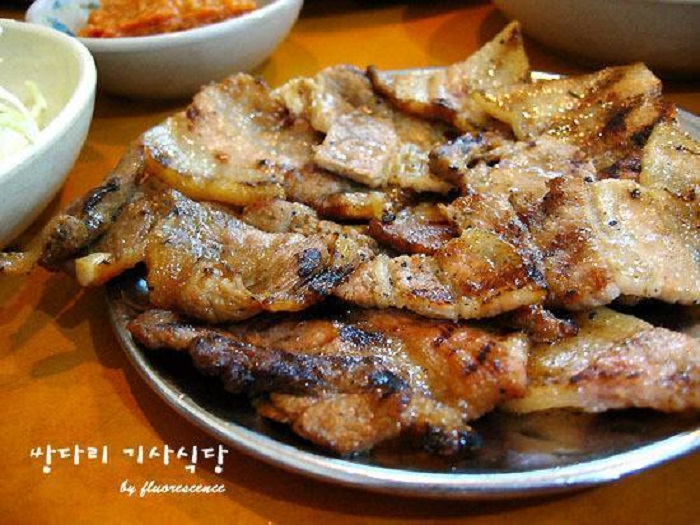
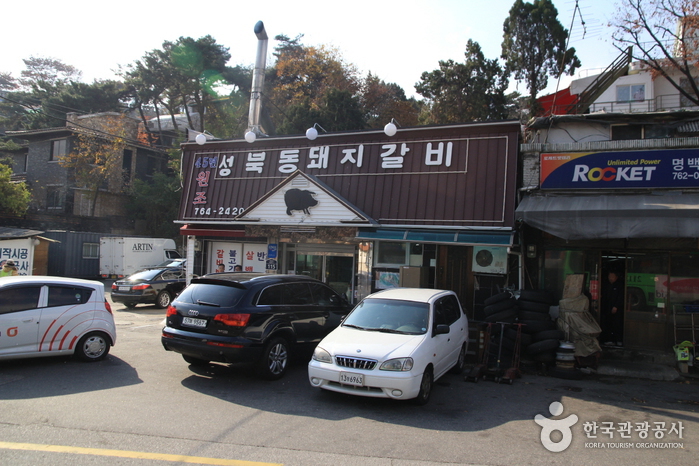
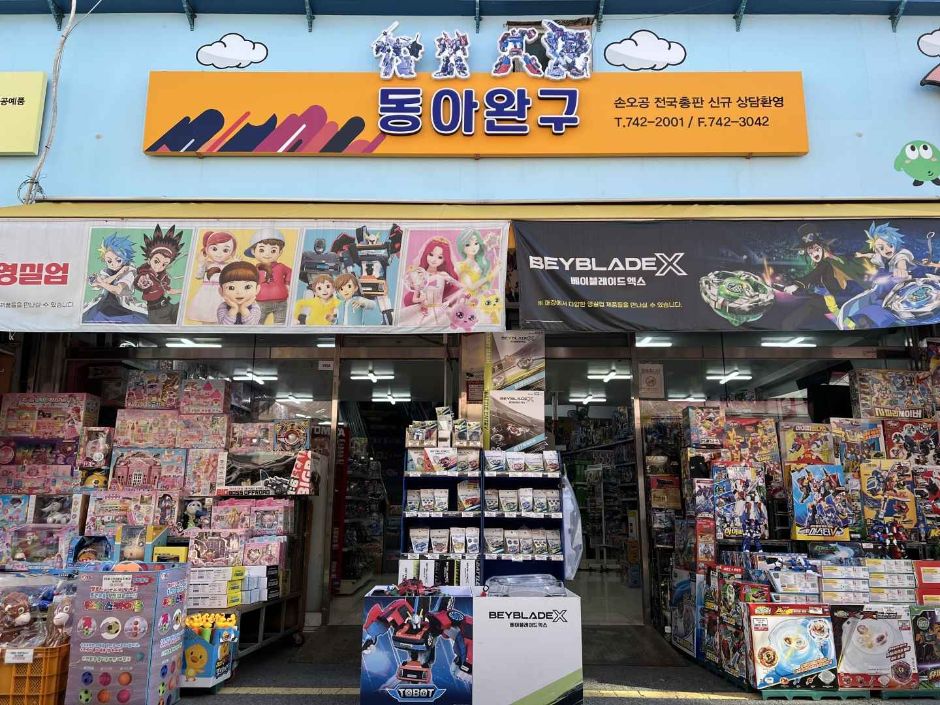
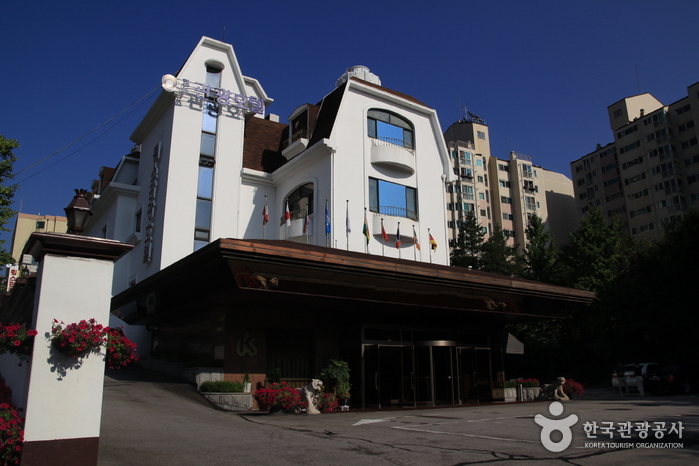
![HOTEL QB [Korea Quality] / 호텔큐비(호텔QB) [한국관광 품질인증]](http://tong.visitkorea.or.kr/cms/resource/54/2634454_image2_1.jpg)

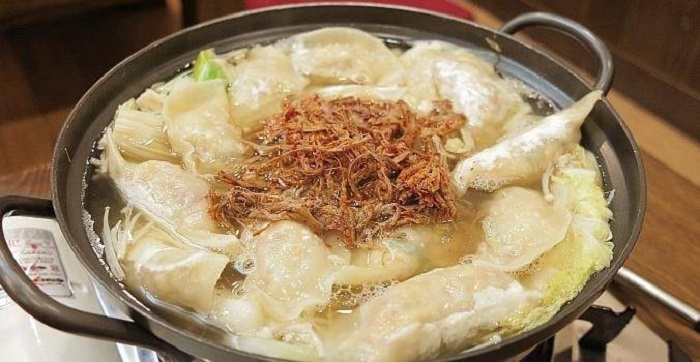
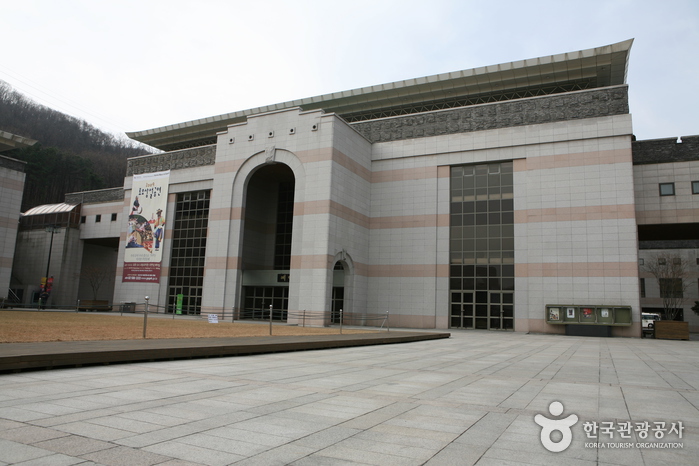
 Español
Español
 한국어
한국어 English
English 日本語
日本語 中文(简体)
中文(简体) Deutsch
Deutsch Français
Français Русский
Русский